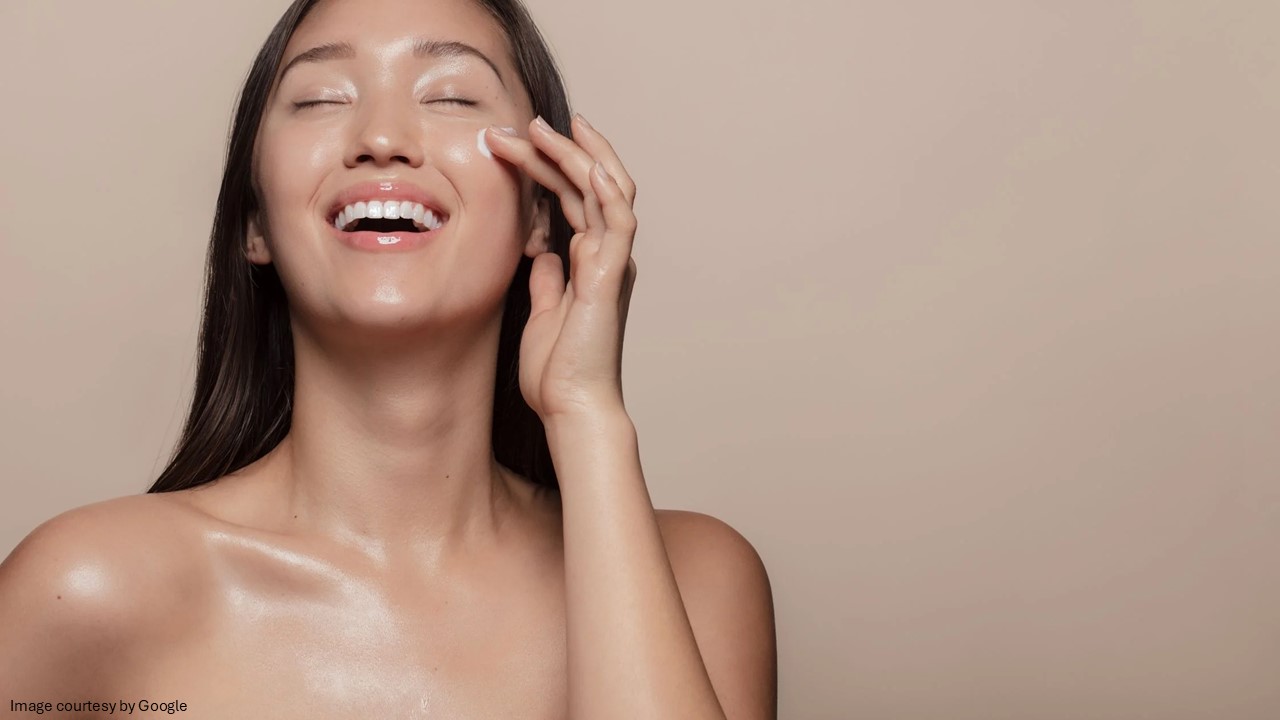Tretinoin and retinol are both members of the retinoid class of skincare ingredients. They are widely utilised in topical formulations to treat several skin conditions.
Let’s take a brief look at tretinoin vs retinol: which skincare treatment works best for your skin, and how to decide which to include in your regimen.
What is tretinoin vs retinol, and what is the difference between retinol and tretinoin?
When it comes to skincare products, with so many similar surrounding names, it is quite possible to get these retinoid formulations confused. While tretinoin and retinol are similar, they are not identical. Every individual has a different skin type, and no one’s skin is guarded against the effects of UV rays, stress, and natural ageing. These effects can be treated with retinoids, chemical compounds related to vitamin A. Tretinoin and retinol are both retinoid skincare ingredients. Tretinoin is often referred to as all-trans retinoic acid. It is sold under various brand names, including Retin-A.
When it comes to retinol or retinoids, the skin gets retinoic acid. Here, it is important to note that all retinoids are derivatives of a potent antioxidant vitamin A. Retinoic acid can connect to the skin’s cell receptor sites and signal it to behave like healthy and younger skin. Prescription retinoids contain retinoic acid; over-the-counter topical formulations contain retinol, which is converted to retinoic acid in the skin. Let’s check more facts on tretinoin vs retinol.
Tretinoin vs Retinol difference: Strengths
Retinol vs tretinoin in terms of strength: Tretinoin and Retinol are effective in treating various skin concerns. One of the huge differences between these two compounds is their strength. Retinol is a fat-soluble vitamin that helps regulate cell growth and differentiation, enhances immunity, and maintains skin health. It also plays a role in maintaining the skin barrier function, reducing dryness and roughness, and promoting skin repair and regeneration. Because of these significant functions, retinols have become focal points of research in skincare and pharmaceuticals.
For skincare treatment, tretinoin is the more concentrated form of retinol and is considered stronger.
The difference in concentration can help you decide which skincare product is best for you. Tretinoin is a prescription-strength version that dermatologists often recommend for chronic acne treatment and anti-ageing. Generally, prescription retinoids have a significantly higher concentration of retinoic acid than retinol and are more readily available to the skin. Formulated as a cream and gel in strengths of 0.025%, 0.05%, and 0.1%, prescription-strength retinoid penetrates faster and deeper to exfoliate the skin and enhance collagen production, yielding more effective results.
Prescription vs. over-the-counter products
Tretinoin vs retinol difference – Retinol is available in numerous over-the-counter (OTC) skincare formulations. Products containing retinol are easily accessible online, at local drugstores, and in the skincare section of many grocery stores. It is best to start with a lower retinol concentration and increase gradually as needed. Because tretinoin has been proven to be stronger than retinol, it is available only with a prescription. Whether you wish to buy tretinoin or retinol, a dermatologist’s consultation may help you decide which product best suits your skincare regimen.

Tretinoin vs retinol: differences in use
Both tretinoin and retinol are commonly used topically to treat a variety of skin conditions, including acne vulgaris, melasma, sunspots, fine wrinkles, solar comedones, and liver spots. A prescription-strength tretinoin can be used to treat other skin conditions. Dermatologists may also prescribe oral forms of tretinoin in certain conditions. Anyone with highly sensitive skin should consult a dermatologist before using a vitamin A derivative. Over-the-counter (OTC) retinol might not be a suitable option in such cases.
Benefits of retinol and tretinoin
Because both skincare ingredients are so similar, they share many of the same benefits. These include:
-
- Acne treatment – Retinol and tretinoin are both widely used. Both effectively reduce the formation of new acne breakouts and allow the healing of existing ones.
- Pro-ageing support – Retinoids have been used for a long time to even out skin tone and reduce fine lines and wrinkles. Tretinoin and retinol help smooth wrinkles and fine lines by stimulating collagen production and improving skin’s elasticity. They even out skin tone and fine wrinkles.
- Reduce hyperpigmentation and enhance skin texture – Retinol and tretinoin are also effective in reducing dark spots and evening out skin tone. They can enhance skin texture by promoting the growth of newer and smoother skin cells.
Risks and side effects
Retinoids are not without risks. While tretinoin and retinol are commonly used to treat acne vulgaris, they can cause side effects. The commonly reported side effects of retinol are less intense than those of tretinoin. These include skin irritation, redness, dryness, flakiness, peeling, acne breakouts, sunburn, and a burning sensation.
-
- Irritation – Retinoid formulations can irritate the application site, especially when used for the first time or at higher concentrations. Exercise caution when applying the topical formulations around your eyes and mouth.
- Hyperpigmentation – This appears as patches of darkened skin. According to the American Academy of Dermatology, individuals with dark skin tones are especially likely to experience this reaction to retinoids.
- Photosensitivity – This means becoming overly sensitive to sunlight. It is necessary to avoid sun exposure when using retinoid creams, even if you apply them only at night. Retinoids are more likely to increase your risk of sunburn.
- Pregnancy risks – You should talk to your dermatologist about using retinoid creams or gels if you are pregnant or planning to become pregnant.
While tretinoin can have more significant beneficial effects than retinol, it also tends to contribute to more pronounced adverse effects.
Picking a suitable formulation
For most people, retinol is the best first choice for retinoid treatments. As retinol is available at a low concentration, the likely irritation will be less severe. If you are starting a new treatment, you can apply the retinol formulation every other day initially to give your skin more time to adjust. Tretinoin is for moderate to severe conditions; hence, it should be used under the supervision of a dermatologist. Can you use retinol and tretinoin together? Well, the answer is no, because using them together may significantly increase the risk of developing skin irritation, dryness and other side effects. When we consider retinol vs tretinoin, both are powerful retinoids that target the same pathways in the skin, so using them together is not necessary and does not affect your skin barrier.
Choosing the appropriate retinoid treatment for you depends on your skin type, risk factors, and desired outcomes. A dermatologist can help you choose a suitable product based on your specific circumstances.




